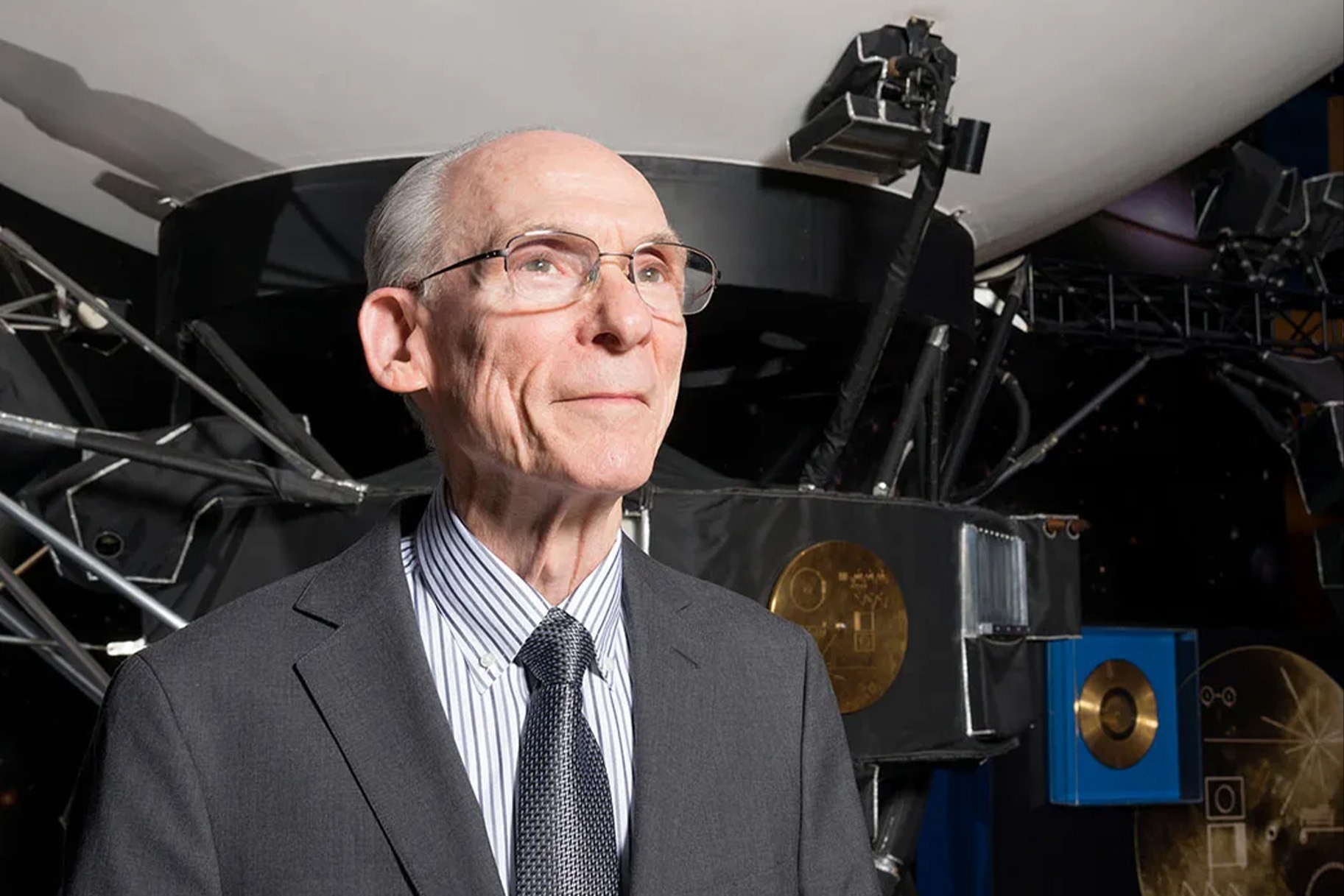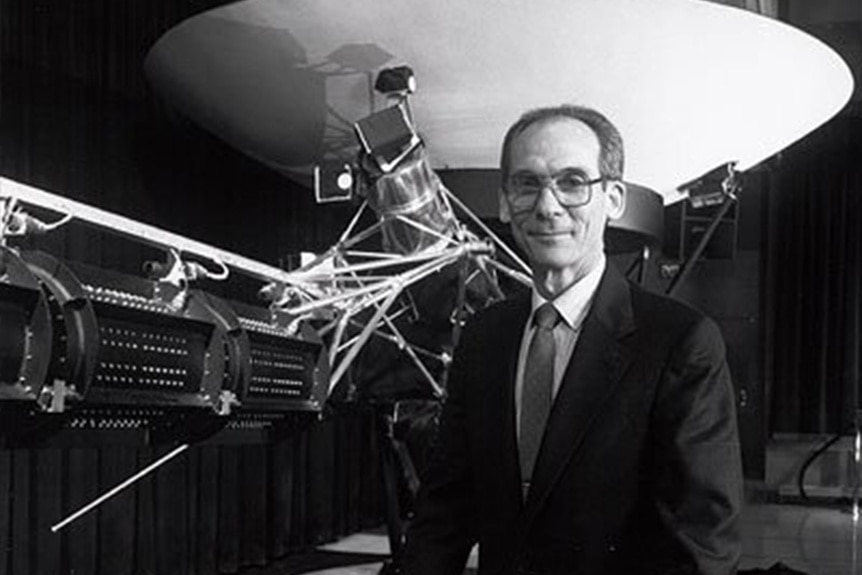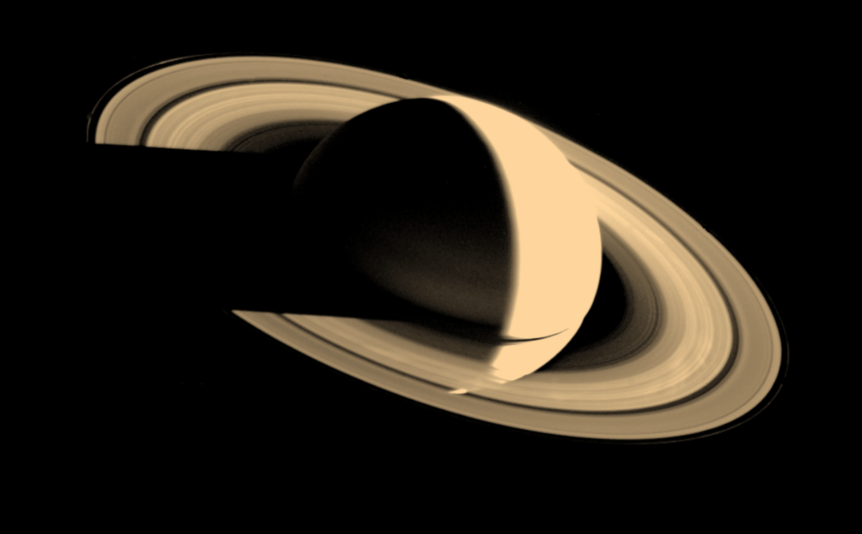Remembering Ed Stone, JPL Director and Cosmic Voyager
From a certain point of view, Stone traveled farther than anyone in history.

SYFY’s The Ark imagines what it might be like when humanity finally crosses the threshold of our own solar system and cuts a path through interstellar space. It’s a dangerous journey and one that our species isn’t yet ready to make ourselves. Instead, we’ve sent a collection of machines to explore the places we can’t tread.
Countless scientists and engineers have dedicated years, sometimes their entire lives, to exploring the cosmos remotely for the benefit of all humanity. Edward C. Stone was one of those people, having served as the sole project scientists for the twin Voyager spacecraft for 50 years. Stone died on June 9, 2024; he was 88.
For More on Voyager:
How NASA Fixed Voyager 1 from 15 Billion Miles Away
Why Did Voyager 1 Just Start Transmitting Gibberish from Deep Space?
The Life and Eventual Death of Voyager 1 and 2
R.I.P. Ed Stone, JPL Director and Voyager Project Scientist
Stone was in graduate school at the University of Chicago in 1957 when the Soviet Union launched Sputnik, the world’s first artificial satellite. He joined a team at the university which set about building instruments for launch into orbit. By 1964, he was a postdoctoral fellow at Caltech, working in the Space Radiation Lab. There, a colleague recommended him for a role at NASA’s Jet Propulsion Laboratory (JPL).
Throughout his career at NASA, Stone was the principal investigator or the science instrument lead on nine NASA missions, and he served as co-investigator on five others. His missions included the Parker Solar Probe, the fastest machine ever built, designed to study the Sun from within its own coronal atmosphere. Stone’s most well-known and longest-lived mission is Voyager, giving Stone the rare distinction of having worked on the two spacecrafts which have flown closest to and farthest from the Sun.
He served as the sole project scientist for Voyager from 1972 (five years before launch) until his retirement in 2022. Under Stone’s guidance, the twin Voyager crafts visited each of the outer planets (Jupiter, Saturn, Uranus, and Neptune) before heading for parts unknown in deep space. Today, they are the most distant spacecraft in history, with Voyager 1 more than 15 billion miles from here, in interstellar space. The slower Voyager 2 is still a staggering 12 billion miles distant.
During the peak of Voyager’s in-system activities, Stone was responsible for running several science teams at the same time. Each of them was busily gathering new data from the spacecraft each day. Then they would all meet up to review, in preparation to present the information to the public the following morning. Then they’d start the whole process over again. On the other end, the public was presented with incredible views of the solar system in unprecedented detail.
In 1991, a couple of years after Voyager had finished its planetary flybys, Stone became the director of JPL, running dozens of missions, instruments, and teams. He remained in that role until 2001. Throughout all of the career changes, Stone remained true to Voyager, staying on as project scientist until 2022, 50 years after he took the role. Like Voyager, Stone was someone who knew how to point himself toward a target and keep his aim true, and he traveled 15 billion miles in the process.
Season 2 of The Ark premieres on SYFY beginning Wednesday, July 17 at 10/9c. Catch up on the entirety of Season 1, streaming now on Peacock!


















